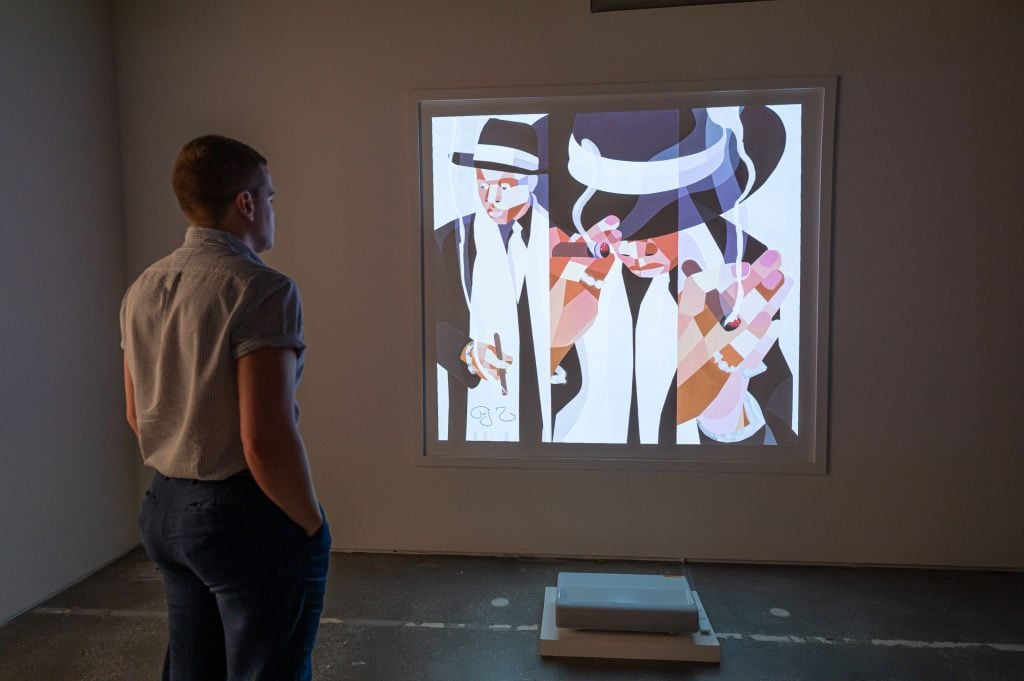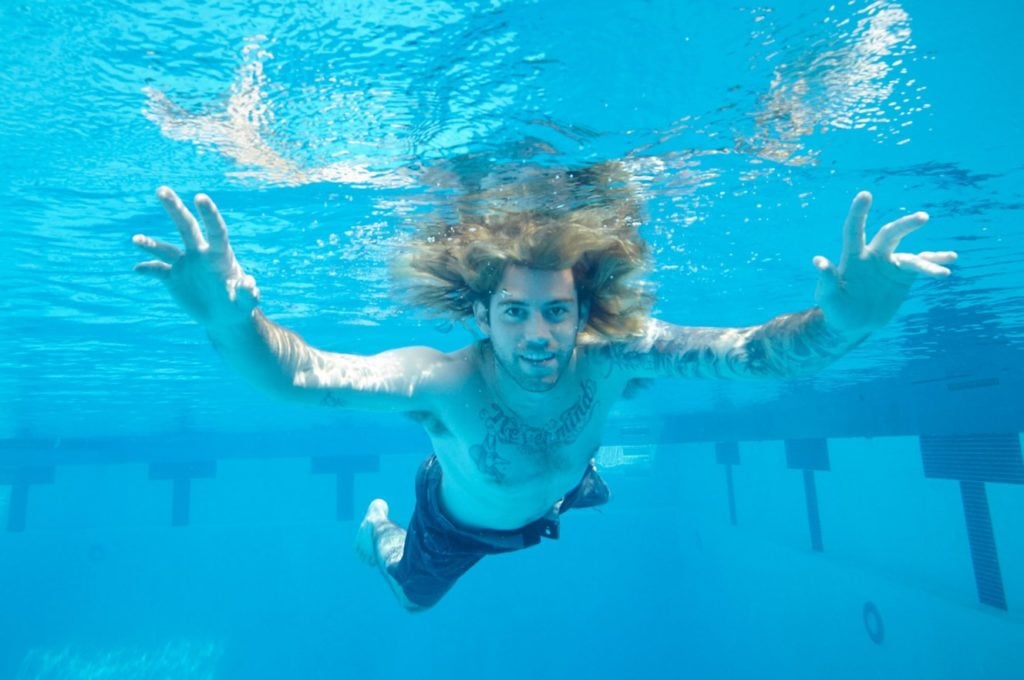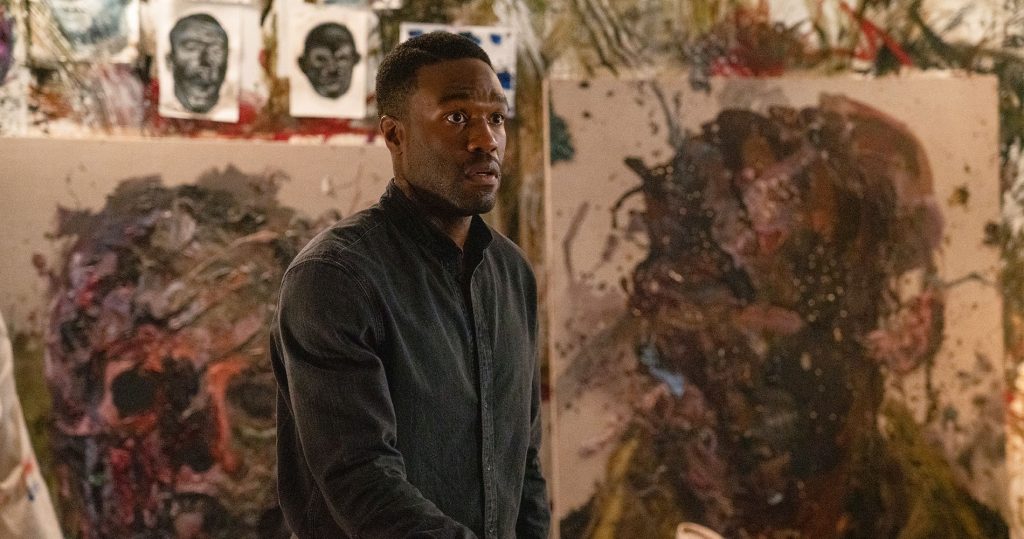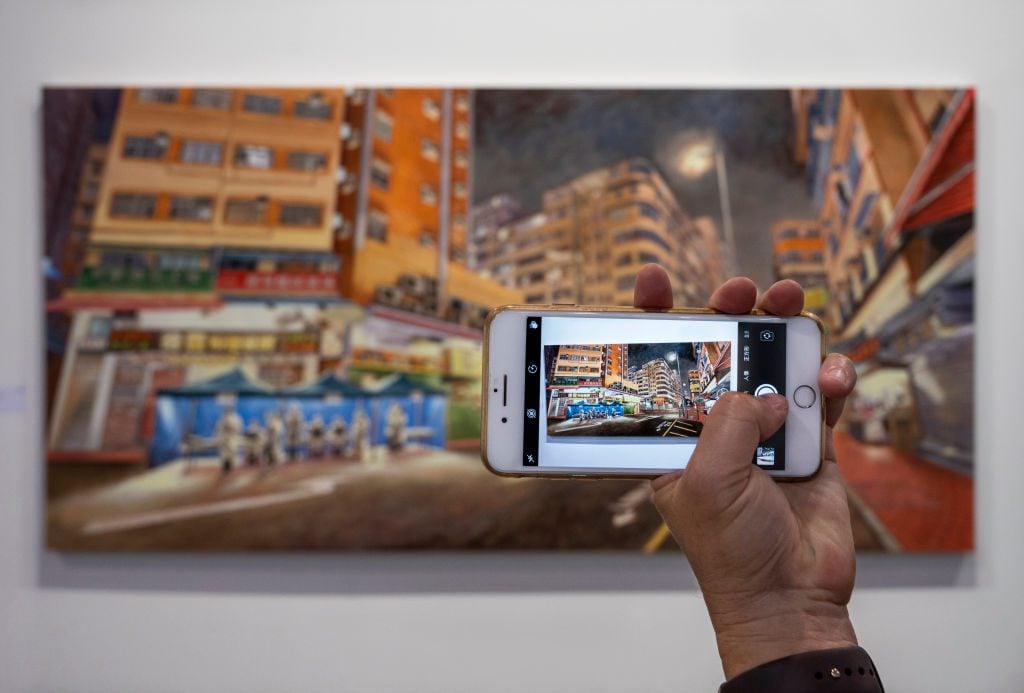Have you ever wondered what your rights are as an artist? There’s no clear-cut textbook to consult—but we’re here to help. Katarina Feder, a vice president at Artists Rights Society, is answering questions of all sorts about what kind of control artists have—and don’t have—over their work.
Do you have a query of your own? Email [email protected] and it may get answered in an upcoming article.
It’s embarrassing for me to ask you this, because I graduated from law school and have been licensing content for 20 years, but I don’t work with fine art and the whole NFT thing confuses me. I can’t seem to reconcile NFTs with my understanding of intellectual property. When you say, “if you want to make an artwork that’s not your own, you need to go to the source to get permission,” it seems like you weren’t contemplating this scenario: What if someone is not the artist but owns the original work of art? They do own it, legally, though it’s not their creation. Can the owner of that piece of art make an NFT of it, which would obviously require making a digital reproduction? I have a cool original that I am thinking of NFT’ing (is that a word?).
We like to kick around the term “NFT-able” here at the ole ARS offices.
Rest assured that your scenario is something that we contemplate often. You’d be surprised how many people think that owning a Warhol gives them the right to make merchandise off of it! But no matter how many Warhols you own, if you want to make an Andy Warhol t-shirt, you’ve got to go through the magnificent Andy Warhol Foundation for the Visual Arts, which operates the artist’s estate, is the bearer of his copyrights, and uses the proceeds from both to fund wonderful exhibitions across the country.
Copyright is granted to a creator the moment the work is “fixed in a tangible medium of expression.” No matter how many owners that work has, the copyright always remains with the artist (at least, it does until 70 years after their death).
If there are gray areas when it comes to the world of NFTs, they exist solely because there’s little case law there and because so many of these tokens are sold on the dark web, where any theoretical copyright violation would go unnoticed. What you propose is a little like someone thinking he can sell Hulu the rights to stream Scent of a Woman just because he owns the DVD.
TLDR: You own the work, not the copyright. Please don’t confuse the two, please do not make this particular NFT, and may I also suggest “tokenizing” for your verb form?

Artist Derrick Adams auctions an (authorized) NFT titled “Heir to the Throne”, commissioned by musician Jay-Z to celebrate the 25th anniversary of his debut album Reasonable Doubt at Sotheby’s. (Photo by Noam Galai/Getty Images)
I want to make an NFT using art from an album cover that I really like… is this allowed if I change it just a little bit, and does this same rule apply to music someone else has made?
Hmm, it depends. How much do you like it, exactly? You say you “really” like it but the affection has to be extremely strong for that to be legal…
Just kidding! No, you can’t do that. Please see my previous answer.
To get a bit further into the weeds of your question: While I appreciate the chutzpah, your inclination to change these pieces of intellectual property “just a little bit” is a red flag. When it comes to fair use—the term for acceptable appropriation of copyrighted material—we usually go for “transformative” changes. This term actually emerged from a 1994 lawsuit against 2LiveCrew for their sampling of Roy Orbison’s “Oh, Pretty Woman,” in which the Supreme Court ruled that, as a parody of the original work, 2LiveCrew’s at times disgusting song constituted fair use. That’s a pretty high bar to clear, and I assume you don’t want your new NFT or song to be a commentary or full transformation of the other song, since you only intend to change it “just a little bit.”
As this Pitchfork article unpacks, sites like WhoSampled and YouTube are changing the game when it comes to lawsuits from “sample troll” corporations, because having just a small piece of another song in your song can open you up to a lawsuit. All this has no doubt contributed to the skyrocketing values for music copyrights in recent years.
You should be very, very careful when it comes to sampling music. That said, you could always just call it a remix (though just a heads up: you’ll need permission for that, too).

Spencer Elden recreates his pose from the cover of Nirvana’s album Nevermind, shot when he was a baby, 25 years later. Courtesy of John Chapple.
I read that the baby from Nevermind is suing Nirvana and their associates. Why? How? I was under the impression that he liked the album cover.
This question isn’t really related to copyright as the lawsuit alleges that the cover is “commercial child pornography.” But there are a number of other less bombastic issues tied up in this that we can explore.
The first is one of likeness rights, which bedevils many who write into this column, but it’s the age of social media so people are right to be paranoid. The photograph in question was taken by Kirk Weddle, now a co-defendant, who was friends with the father of former naked baby Spencer Elden. After a week of shooting babies, Weddle apparently called Rick Elden and said, “Wanna make 200 bucks and throw your kid in the drink?” Rick obliged, a dollar on a fishing line was superimposed on the photo, and here we are now, entertain us.
While it’s true that as a minor Spencer couldn’t consent to this, his father would have been able to. We’ve tackled the legality of album covers in the past and the contracts are often airtight. It’s unlikely that Weddle would have shot any of these children without making their parents sign over the likeness rights first.
We might also feel that as a participant in this work, Spencer should have the right to disown it, because artists can do so with their own work whenever they want to. Cady Noland famously had a painting of hers pulled from Sotheby’s not so long ago when its condition did not meet her standards. She did so thanks to the Visual Artists Rights Act of 1990 (VARA), which was probably inspired by Richard Serra’s Tilted Arc fiasco and allows copyright holders even greater control over their works.
Alas, Elden is not in fact the copyright holder, nor even really the subject of the photograph in question. This means he actually may have risked a lawsuit himself all those times he recreated the photo over the years, though I doubt Geffen Records would want to prosecute a guy who was clearly having fun with the whole thing. He even had the word “Nevermind” tattooed across his chest. “I always say, ‘[My penis has] changed, do you want to see it?’” he told CNN in 2011.
It seems possible to me that the Nevermind baby may be chasing a dollar.

A still from 2021’s Candyman. Photo: Universal Pictures.
I’m a visual artist who works with video and am currently workshopping a shot for shot remake of the new Candyman, which like so much in Hollywood these days isn’t quite a remake or sequel. We’re interested in playing up the importance of repetition (necessary in summoning the Candyman, of course). Can I anticipate copyright issues here?
My impulse is to say that this is fine, even though your question lacks some details I might have wanted if I were your lawyer (or, indeed, a lawyer of any kind). But you should know that, like a pair of teens going off to make out in a horror movie, you’re in dangerous territory.
As we have touched on in other iterations of this column, fair use is generally determined by four factors: the purpose of the new work (profit vs. education, etc.), the use of the work being copied (artistic vs. commercial, etc.), the amount of source material being sampled, and whether or not the new work might hurt the market for the original. You can’t sell a Superman coffee mug when Warner Brothers makes their own with more or less the same level of personal expression (none), but you can put the character in a painting if you’re Peter Saul, because you’re not targeting the comic convention crowd with that work.
The fact that you want to do your remake “shot for shot” gives me pause, because you’d be sampling the entirety of the movie—but then, that’s how those Raiders of the Lost Ark kids did it when they remade that movie with handheld cameras. I think the most important argument in your favor is that you’re not trying to hurt the market for the new Candyman. You’re presumably going to show this for free in an art gallery and sell expensive editions to collectors. That’s not the same audience, and it’s a completely different business model.
There are steps you can take to better your position. If you subtitle your own work After Candyman (2021), for example, that makes your intentions even clearer to director Nia DaCosta, producer Jordan Peele, et al., should they ever find out about your version. Make sure your gallery also explores the legal ramifications before showing the work.
Your motivating principle is a noble one, and similar to the impulse that led Gus Van Sant to remake Psycho with Vince Vaughn in 1998. Here’s hoping you have better luck than he did.










